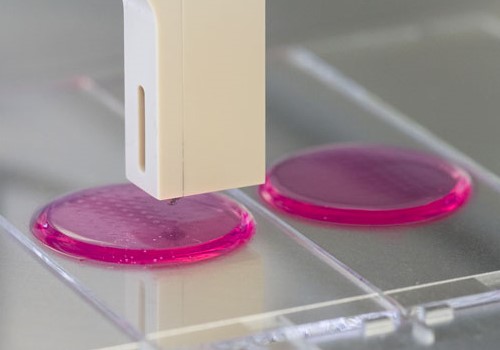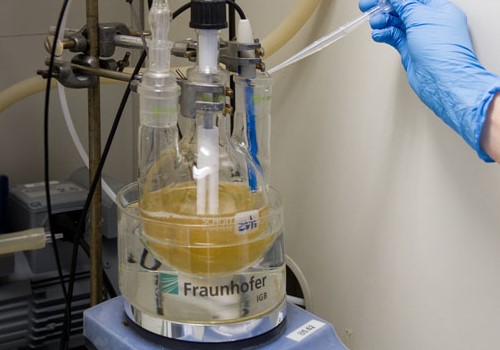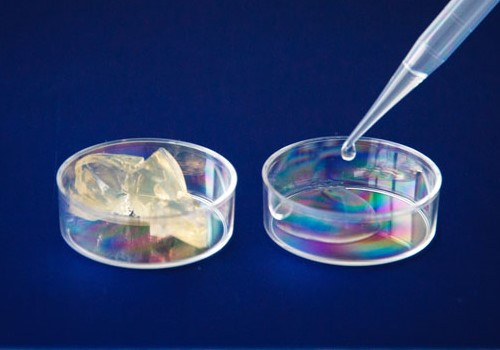The challenge of regenerating articular cartilage
Because of the lack of circulation articular cartilage has no access to regenerative cell populations. Cartilage damage is therefore close to irreversible and frequently results in progressive destruction of the joint affected. One promising therapy is matrix-associated autologous chondrocyte transplantation (MACT), in which a suitable material (matrix) is seeded with the patient's cartilage cells (chondrocytes) and then implanted into the damaged cartilage. However, the cultivation of the chondrocytes of the generally used collagen-based matrices can lead to dedifferentiation, i.e. a loss of cellular function.
 Fraunhofer Institute for Interfacial Engineering and Biotechnology IGB
Fraunhofer Institute for Interfacial Engineering and Biotechnology IGB

